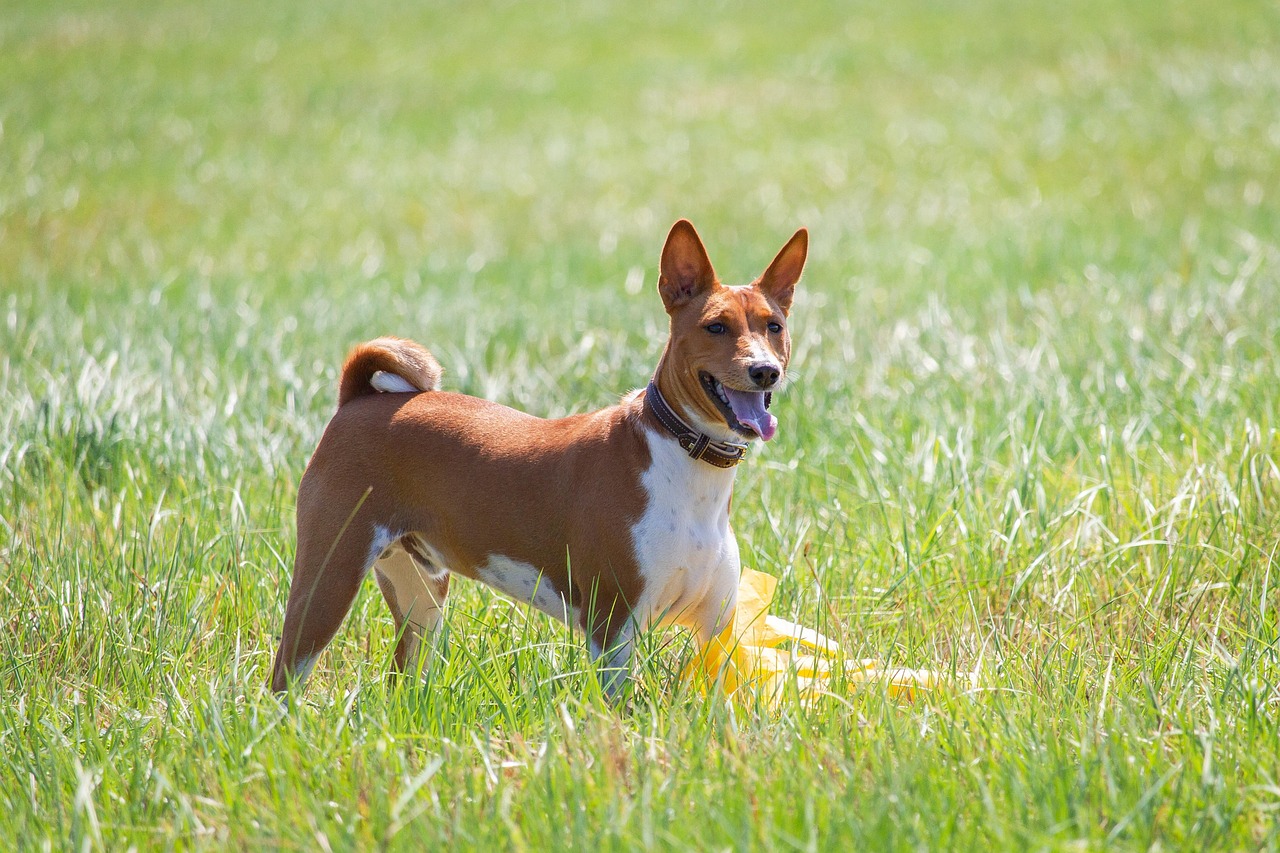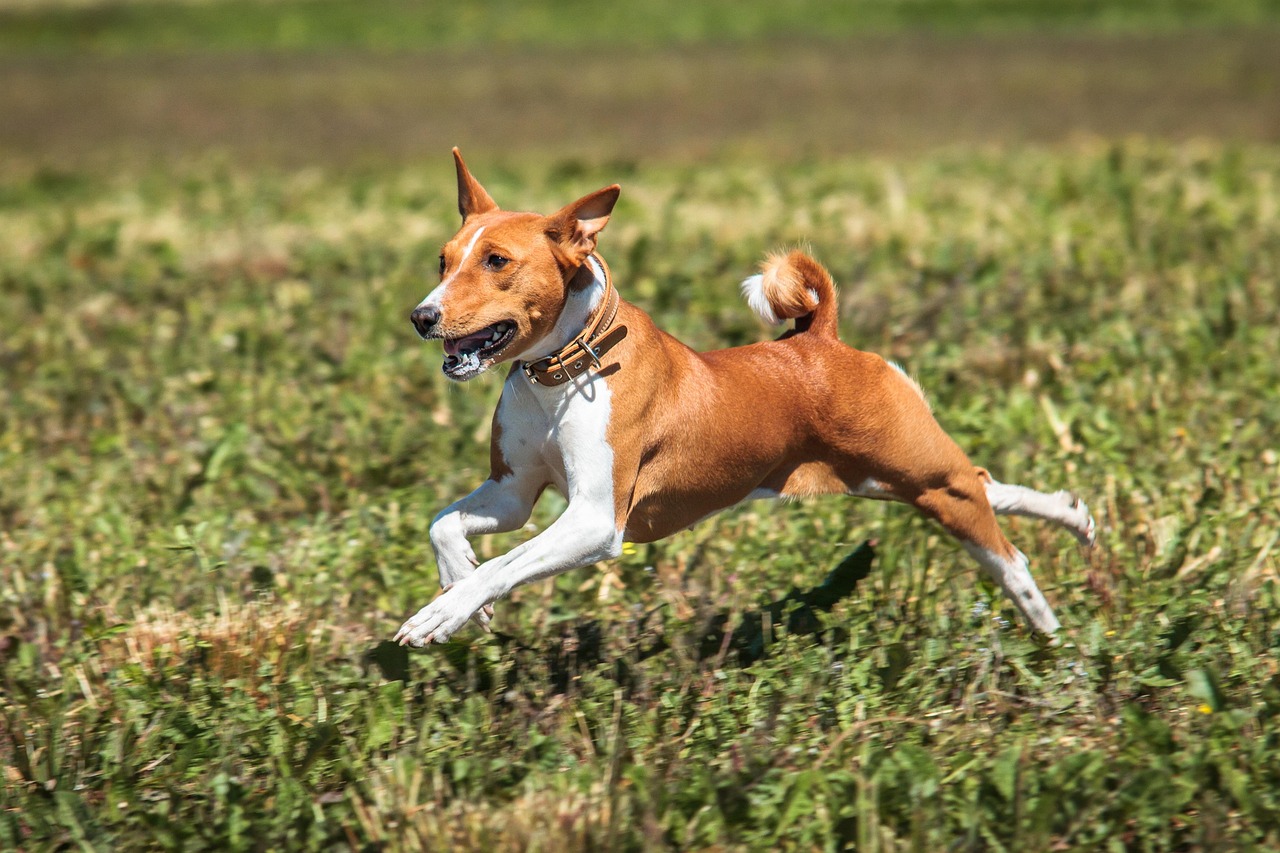
Basenji
Independent, Intelligent, Barkless Dog, African Hound, Yodeling Dog, Ancient Breed
A small, intelligent, and independent hunting dog from Africa, known for its lack of barking.
Know your Basenji
Breed Group: Hound
Size: Small, Medium
Height: 16-17 inches
Weight: 22-24 pounds
Coat Type: Short, fine, and low-maintenance. Basenjis are known for their cat-like grooming habits and minimal shedding, which contributes to their clean and odorless coat.
Coat Colors: Red & White, Black & White, Tricolor, Brindle—all typically paired with white feet, chest, and tail tip.
Temperament: Curious, Alert, Independent. Basenjis are clever and resourceful dogs with a strong prey drive. They form close bonds with their owners but can be reserved around strangers. Their independence and intelligence often make them compared to cats.
Energy Level: High. This breed requires daily mental stimulation, interactive play, and physical activity. Without proper outlets, they may become bored and destructive.
Good with Children: Yes
Good with Other Pets: Yes
Trainability: Moderate. While intelligent, Basenjis can be stubborn and easily bored with repetitive training. Positive reinforcement and creative training methods work best.
Barking Tendency: Low. Basenjis are known as the 'barkless dog.' Instead of barking, they produce a unique yodel-like sound called a 'baroo.'
Lifespan: 12-16 years
Health Issues: Fanconi Syndrome (a kidney disorder specific to the breed), Hip Dysplasia, and Progressive Retinal Atrophy. Regular health screenings and early diagnosis are essential.
Exercise Requirements: High. Basenjis benefit from daily walks, off-leash play in secure areas, and mental challenges such as puzzle toys or agility work.
Hypoallergenic: No
History: The Basenji is one of the oldest dog breeds in the world, with origins tracing back to Central Africa. Used by tribes for flushing game into nets and controlling rodent populations, they were valued for their silence, speed, and keen eyesight. Ancient Egyptian tombs even feature dogs resembling Basenjis in their art. The breed was brought to Europe in the 1930s and remains prized today for its unique behavior, graceful movement, and vocal uniqueness. Their yodel-like vocalization and cat-like demeanor make them truly stand out among modern dog breeds.





Do you own or want this breed?
0 people own this · 0 want this